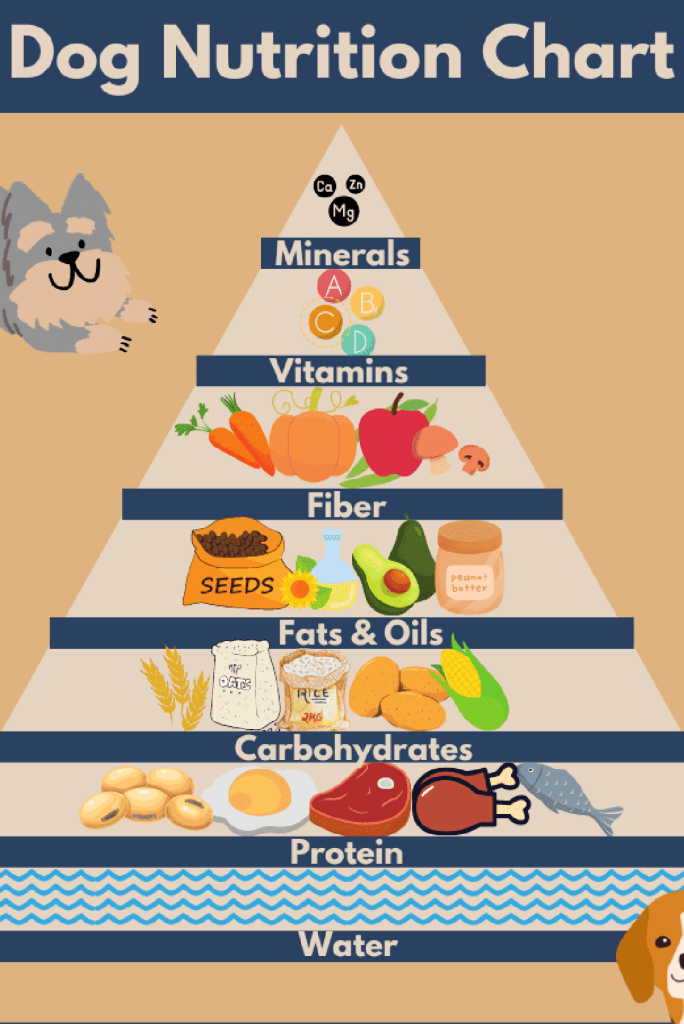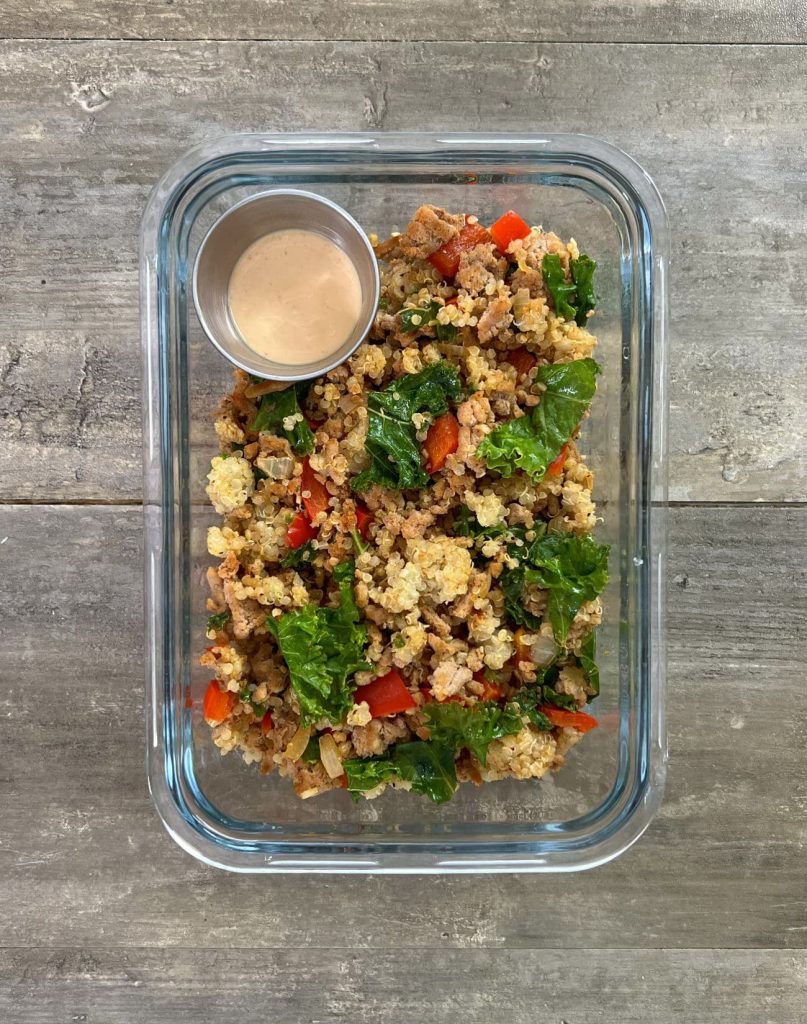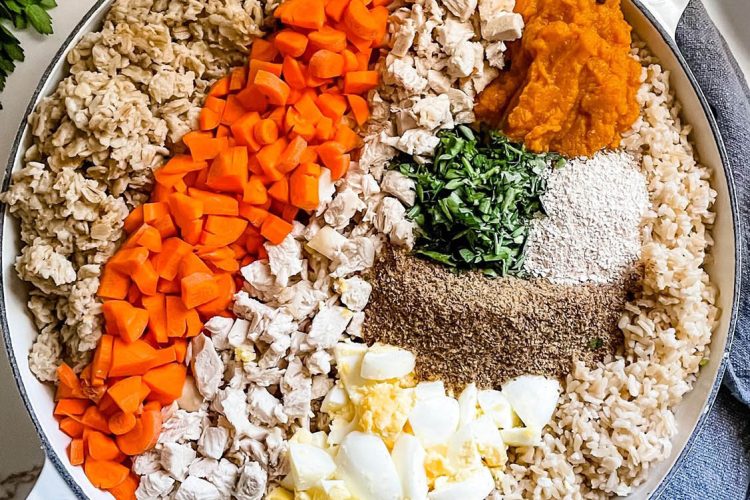As a pet owner, ensuring that your dog gets the best nutrition possible is a top priority. While commercial dog foods are convenient, making homemade dog food allows you to control the quality and freshness of the ingredients, catering to your dog’s specific dietary needs. This comprehensive guide will cover everything you need to know about preparing nutritious homemade meals for your furry friend, from essential nutrients to delicious recipes.
Why Choose Homemade Dog Food?
Benefits of Homemade Dog Food
- Control Over Ingredients: By making your own dog food, you can choose high-quality ingredients, ensuring your dog is eating fresh, whole foods without unnecessary additives or preservatives.
- Customizable Diet: Every dog has unique dietary needs based on their age, breed, size, and health conditions. Homemade dog food allows you to tailor recipes to meet these specific needs.
- Improved Digestion: Many dogs have sensitivities to certain commercial dog food ingredients. Homemade meals can help improve digestion by avoiding allergens and using easily digestible ingredients.
- Bonding Experience: Preparing meals for your dog can strengthen the bond between you and your pet, knowing you’re providing the best care possible.
Potential Challenges
- Time-Consuming: Preparing homemade dog food can be time-intensive, requiring regular meal prep and cooking.
- Nutritional Balance: Ensuring that homemade meals are nutritionally balanced can be challenging. Consulting with a veterinarian or pet nutritionist is essential to avoid deficiencies.
- Storage: Homemade dog food needs proper storage to maintain freshness and prevent spoilage. This might involve freezing portions and managing refrigerator space.
Essential Nutrients for Dogs

To create balanced homemade dog food, it’s crucial to understand the essential nutrients your dog needs:
- Protein: Essential for muscle growth and repair. Good sources include chicken, beef, turkey, lamb, fish, and eggs.
- Fats: Provide energy and support cell function. Healthy fats can be found in fish oil, flaxseed oil, and chicken fat.
- Carbohydrates: Offer energy and support gastrointestinal health. Brown rice, quinoa, oats, and sweet potatoes are excellent options.
- Vitamins: Vital for various bodily functions. Include a variety of vegetables and fruits like carrots, spinach, blueberries, and apples.
- Minerals: Important for bone health and metabolic processes. Include ingredients like bone meal, fish, and leafy greens.
- Fiber: Supports healthy digestion. Sources include pumpkin, peas, and green beans.
- Water: Ensure your dog stays hydrated, especially when feeding dry food. Fresh water should always be available.
Basic Guidelines for Homemade Dog Food
- Consult a Vet: Before starting a homemade diet, consult with your veterinarian or a pet nutritionist to ensure you meet your dog’s specific nutritional needs.
- Balance is Key: Aim for a balanced ratio of protein, fat, and carbohydrates. Typically, a dog’s diet should consist of 50% protein, 25% vegetables, and 25% grains.
- Variety: Rotate different protein sources and vegetables to provide a range of nutrients and prevent boredom.
- Supplements: Consider adding supplements to your dog’s diet, such as fish oil for omega-3 fatty acids or a multivitamin designed for dogs.
- Portion Control: Monitor your dog’s weight and adjust portion sizes accordingly. Overfeeding can lead to obesity, while underfeeding can cause malnutrition.
Recipes
Here are some easy-to-make and nutritious homemade dog food recipes your dog will love:
1. Chicken and Rice Delight
Ingredients
- 2 ½ pounds ground chicken
- 1 cup brown rice
- 1 cup chopped carrots
- 1 cup chopped spinach
- 1 tablespoon fish oil
- 2 ½ cups water
Instructions
- In a large pot, cook the brown rice according to the package instructions.
- In a separate pan, cook the ground chicken until fully cooked.
- Add the chopped carrots and spinach to the chicken and cook for an additional 5 minutes.
- Combine the cooked rice, chicken, and vegetables in a large bowl.
- Add fish oil and mix well.
- Let the mixture cool before serving.
- Store leftovers in the refrigerator for up to 3 days or freeze in portions.
2. Beef and Sweet Potato Feast
Ingredients
- 2 pounds lean ground beef
- 1 large sweet potato, peeled and cubed
- 1 cup peas
- 1 cup chopped carrots
- 1 tablespoon flaxseed oil
- 3 cups water
Instructions
- In a large pot, bring water to a boil and add the sweet potato cubes. Cook until tender.
- In a separate pan, cook the ground beef until fully cooked.
- Add the peas and chopped carrots to the beef and cook for an additional 5 minutes.
- Drain the sweet potatoes and mash them.
- Combine the mashed sweet potatoes, cooked beef, and vegetables in a large bowl.
- Add flaxseed oil and mix well.
- Allow the mixture to cool before serving.
- Store leftovers in the refrigerator for up to 3 days or freeze in portions.
3. Turkey and Quinoa Power Bowl

Ingredients
- 2 pounds ground turkey
- 1 cup quinoa
- 1 cup chopped zucchini
- 1 cup chopped broccoli
- 1 tablespoon olive oil
- 2 ½ cups water
Instructions
- In a large pot, cook the quinoa according to the package instructions.
- In a separate pan, cook the ground turkey until fully cooked.
- Add the chopped zucchini and broccoli to the turkey and cook for an additional 5 minutes.
- Combine the cooked quinoa, turkey, and vegetables in a large bowl.
- Add olive oil and mix well.
- Let the mixture cool before serving.
- Store leftovers in the refrigerator for up to 3 days or freeze in portions.
4. Fish and Vegetable Medley
Ingredients
- 2 pounds white fish (cod or tilapia), cooked and flaked
- 1 cup cooked brown rice
- 1 cup chopped green beans
- 1 cup chopped pumpkin
- 1 tablespoon fish oil
- 2 ½ cups water
Instructions
- In a large pot, cook the brown rice according to the package instructions.
- Cook the white fish and flake it into small pieces.
- In a separate pan, cook the green beans and pumpkin until tender.
- Combine the cooked rice, fish, and vegetables in a large bowl.
- Add fish oil and mix well.
- Allow the mixture to cool before serving.
- Store leftovers in the refrigerator for up to 3 days or freeze in portions.
5. Lamb and Oatmeal Mix
Ingredients
- 2 pounds ground lamb
- 1 cup oatmeal
- 1 cup chopped spinach
- 1 cup chopped carrots
- 1 tablespoon olive oil
- 3 cups water
Instructions
- In a large pot, cook the oatmeal according to the package instructions.
- In a separate pan, cook the ground lamb until fully cooked.
- Add the chopped spinach and carrots to the lamb and cook for an additional 5 minutes.
- Combine the cooked oatmeal, lamb, and vegetables in a large bowl.
- Add olive oil and mix well.
- Let the mixture cool before serving.
- Store leftovers in the refrigerator for up to 3 days or freeze in portions.
Tips for Feeding Homemade Dog Food
Portion Control
- Daily Intake: An adult dog typically needs about 2-3% of their body weight in food per day. For example, a 50-pound dog would need about 1-1.5 pounds of food daily. Adjust this amount based on your dog’s activity level and health condition.
- Meal Frequency: Most dogs do well with two meals per day. Puppies, however, may require three to four smaller meals until they reach adulthood.
Transitioning to Homemade Dog Food
- Gradual Transition: Start by mixing a small amount of homemade food with your dog’s regular food. Gradually increase the proportion of homemade food over 7-10 days.
- Monitor Health: Observe your dog for any changes in stool, energy levels, or skin and coat condition during the transition period.
Storing Homemade Dog Food
- Refrigeration: Store homemade dog food in airtight containers in the refrigerator for up to 3 days.
- Freezing: For longer storage, freeze portions in airtight containers or freezer bags. Thaw in the refrigerator overnight before serving.
Supplements
- Calcium: Homemade dog food often lacks sufficient calcium. Consider adding a calcium supplement or crushed eggshells (properly cleaned and ground).
- Multivitamins: Consult your vet about adding a multivitamin supplement to ensure your dog receives all necessary nutrients.
- Omega-3 Fatty Acids: Fish oil supplements can help maintain a healthy coat and skin.
Common Mistakes to Avoid
- Imbalanced Diet: Avoid feeding your dog a diet that is too heavy on protein or lacking in essential nutrients. Balance is key.
- Toxic Foods: Some human foods are toxic to dogs, including chocolate, grapes, raisins, onions, garlic, and certain artificial sweeteners like xylitol. Always double-check ingredients before feeding.
- Overfeeding: Be mindful of portion sizes to prevent obesity. Regularly weigh your dog and adjust portions as needed.
- Ignoring Allergies: Pay attention to any signs of food allergies, such as itching, digestive issues, or ear infections, and adjust the diet accordingly.
- Inadequate Cooking: Ensure that all meats are fully cooked to avoid bacterial contamination. Some vegetables may also need to be cooked to be digestible.
Conclusion
Making homemade dog food can be a rewarding way to ensure your furry friend gets the best nutrition possible. By understanding your dog’s nutritional needs and following these recipes and tips, you can create delicious and healthy meals that your dog will love. Always consult with your veterinarian before making significant changes to your dog’s diet, and enjoy the process of cooking for your loyal companion. With careful planning and attention to detail, you can provide meals that support your dog’s health, happiness, and longevity.
